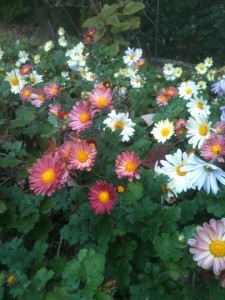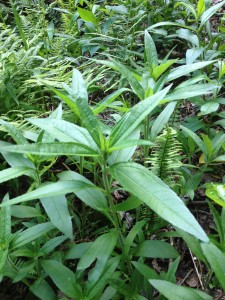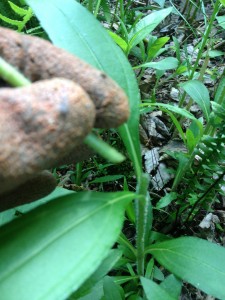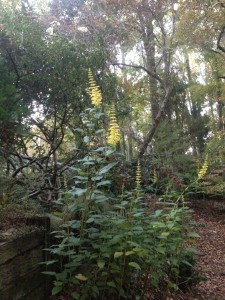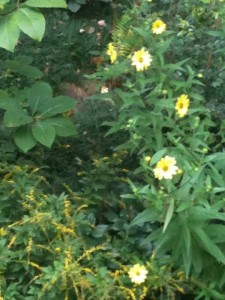 I’m usually the last person anyone wants to ask about apps for personal devices, but this one is definitely special. Dr. Allan Armitage is well known in horticultural circles as being the authority on annuals and perennials, and developed and maintains the Trial Gardens at UGA where new plants from throughout the world are evaluated for heat and humidity performance. His bio is extensive, and you can take a look at it on the app, but suffice it to say he’s received many, many awards for teaching, writing and research.
I’m usually the last person anyone wants to ask about apps for personal devices, but this one is definitely special. Dr. Allan Armitage is well known in horticultural circles as being the authority on annuals and perennials, and developed and maintains the Trial Gardens at UGA where new plants from throughout the world are evaluated for heat and humidity performance. His bio is extensive, and you can take a look at it on the app, but suffice it to say he’s received many, many awards for teaching, writing and research.
Dr. Allan Armitage’s app, “Armitage’s Greatest Perennials & Annuals”, is a tool we at Oak Street Garden Shop have wanted to provide for a long time. We strongly recommend it for all our customers, because it provides easy-to-read information on many of the plants available in our shop.
The app is written with the home gardener in mind. Dr. Armitage suggests the best variety for hundreds of plants, and backs up his recommendations with years of personal experience, entertaining videos, and stunning photos.
A “deer browsing” rating is provided for almost every species as well, a tool in and of itself that is of immense value in this area of the country.
Armitage’s Greatest Perennials & Annuals is essentially a small reference book in your back pocket. It’s updated regularly, and best of all, costs only $4.99. A spectacular value! Simply go to your App store, and search “armitage”. Voila!
Dr. A says:
- Works on all Android and iproducts – tablets and smartphones
- Includes over 70 genera, approx 350 photos
- Annuals, perennials covered are for all temperate climates
- Why they make my list (many do not)
- Hints for success
- Deer browsing rating
- My top picks
- Videos on nearly all genera selected
- Constantly updated

